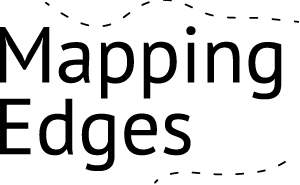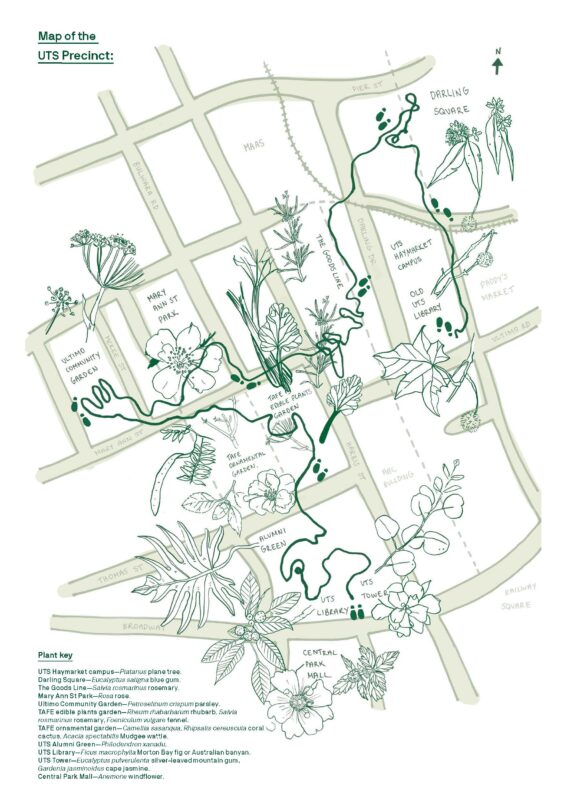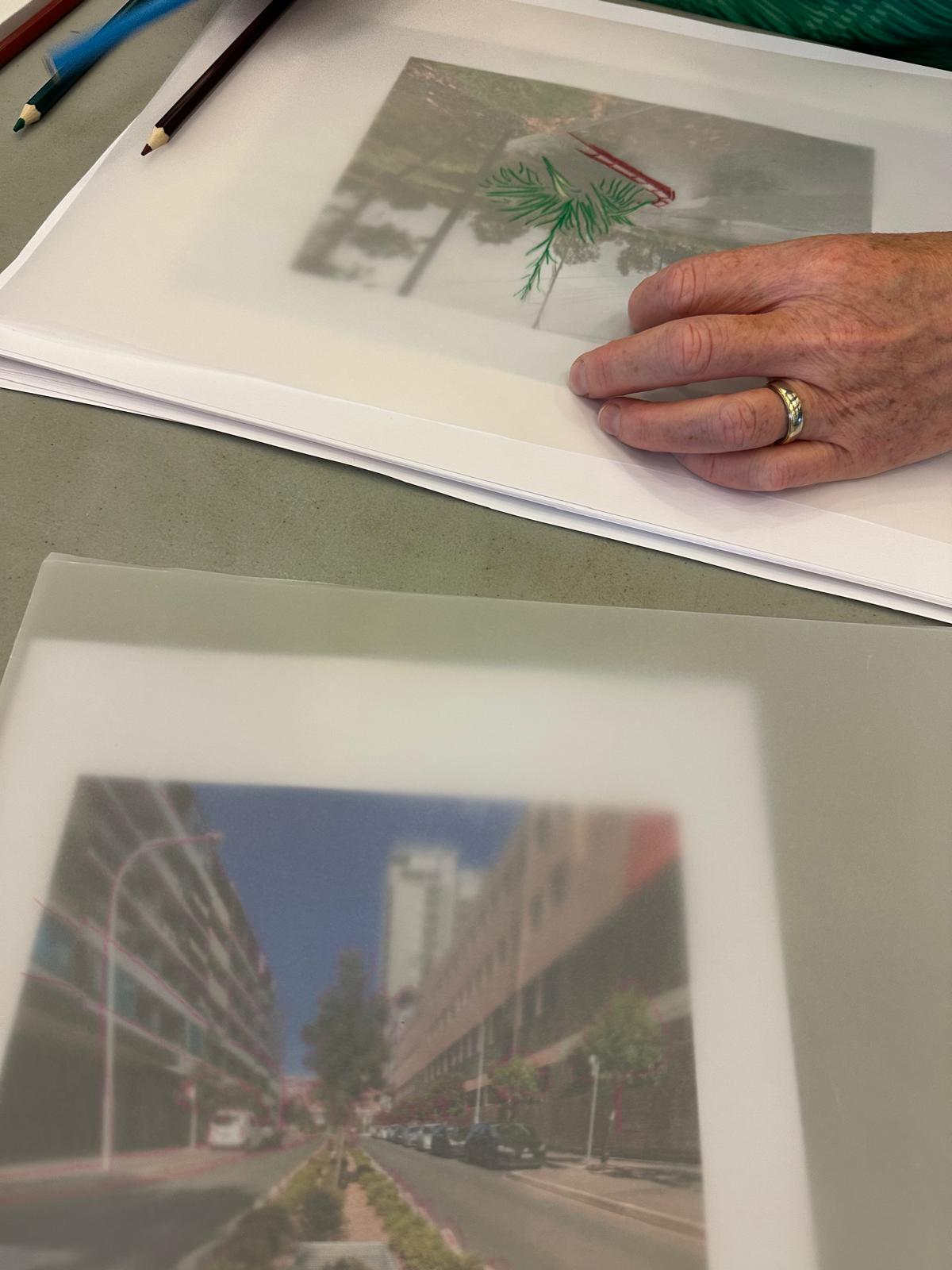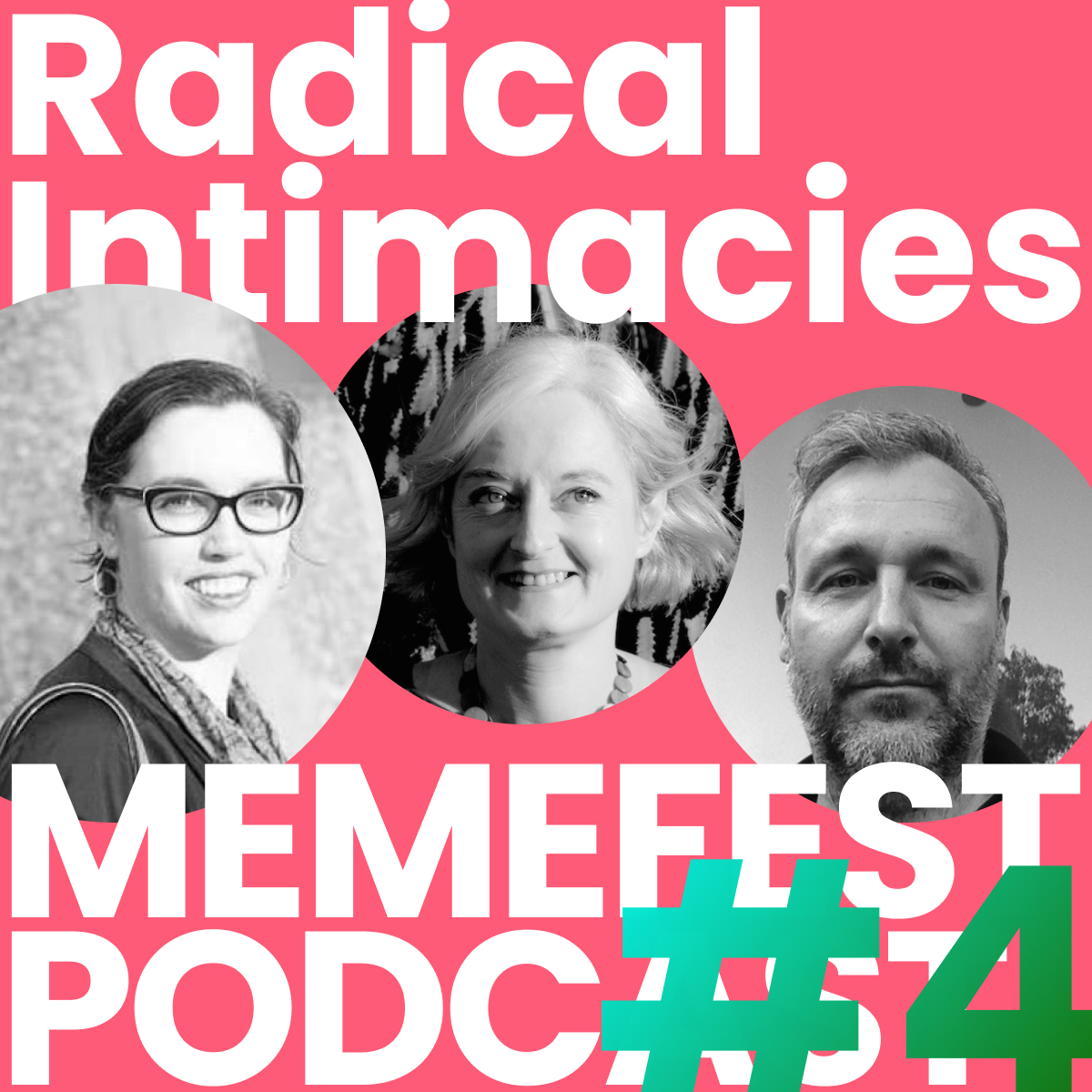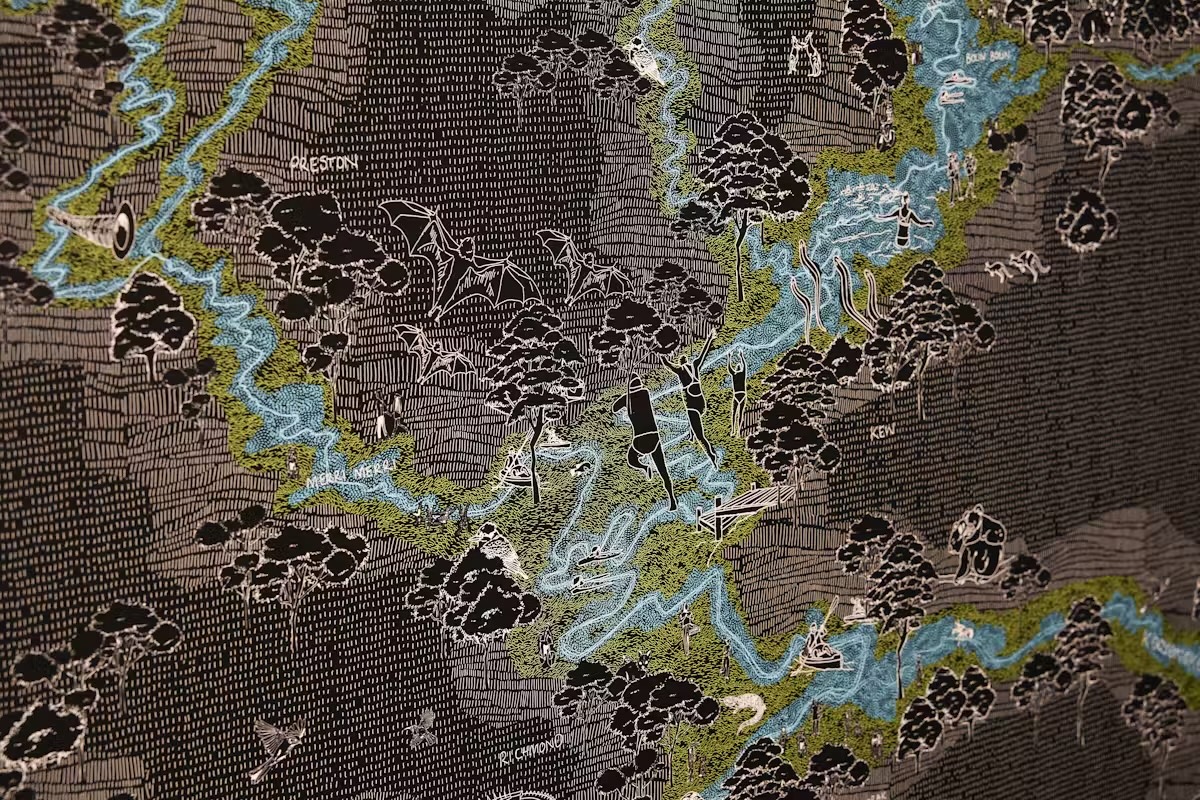NEWS
NEWS
SHOW ARTICLES IN CATEGORY:
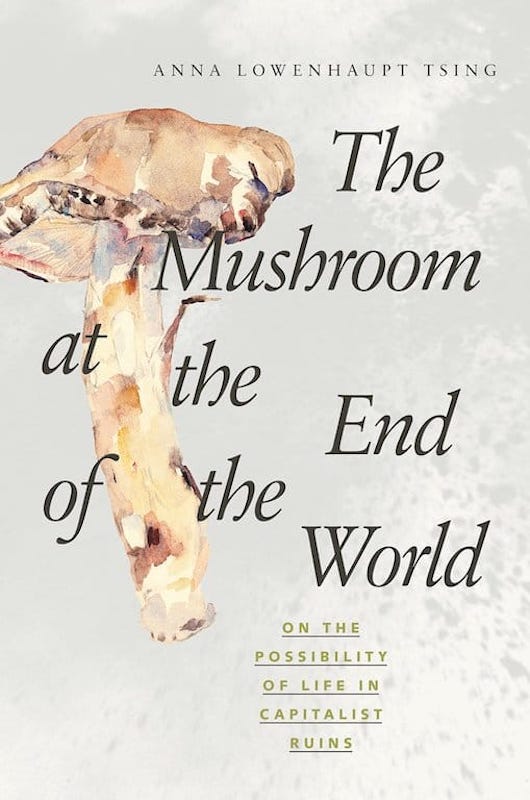
The Mushroom at the End of the World by Anna Lowenhaupt Tsing
We are reading this book because Anna Tsing’s book Friction had such an effect on the collaboration that is Mapping Edges. This book is about the most valuable mushroom in the world, the Matsutake, the commodity chains within which it exists, and its relationship with humans, trees and others. Through its ability to nurture trees, […]
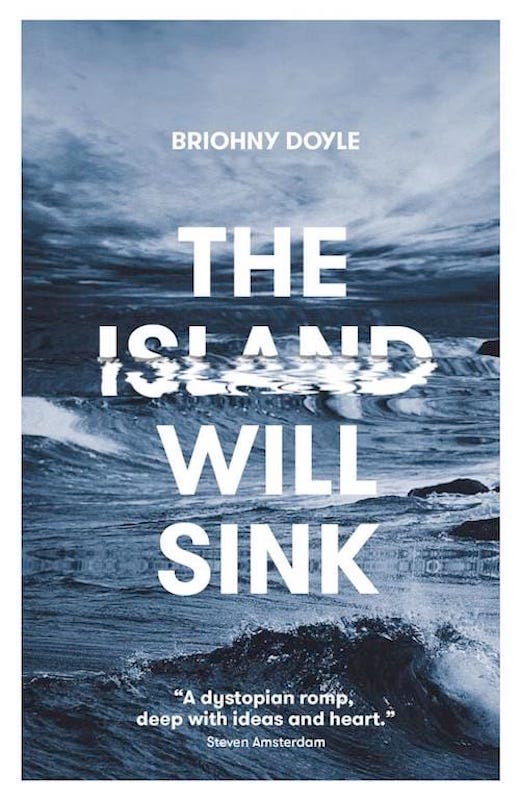
The Island Will Sink by Briohny Doyle
We read this debut novel by Briohny Doyle for our speculative fiction book club. It is set in a not-too-distant future when environmental catastrophe is completely normal and immersive cinema about disaster is the most popular entertainment. The protagonist is Max Galleon, a filmmaker and family man who can’t remember anything without his implanted digital […]

Marrickville Backyards
This book, Marrickville Backyards, was necessary preparatory reading for our field work in Marrickville. Published in 2001 by Marrickville Community History Group, with only a small print run, this book is not easy to get your hands on. We found it through Sydney’s much-loved Gould’s Book Arcade. Our second hand copy comes with a note on […]
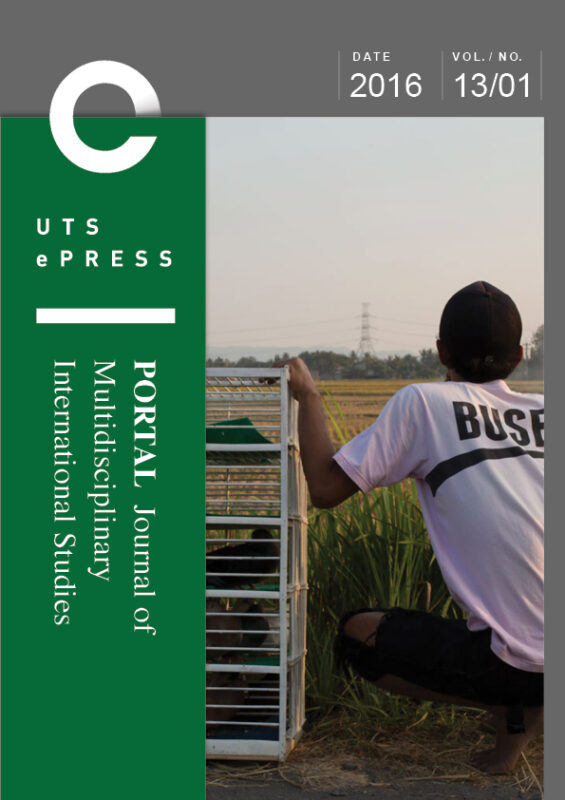
Gluten by Jessica Barnes
We read Jessica Barnes entry ‘Gluten’ in the Lexicon for an Anthropocene Yet Unseen, published by Cultural Anthropology. Barnes begins with a deceptively simple question: what does the Anthropocene taste like? This is an excellent starting point to imagine a series of material, semiotic, and sensory entanglements and assemblages generated in the Anthropocene (if we want […]
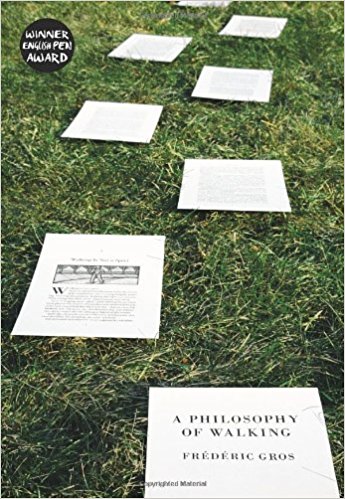
A Philosophy of Walking, Frédéric Gros
I just finished reading ‘A Philosophy of Walking’ for obvious reasons. Mapping Edges are avid walkers, and philosophers of walking. The book is a wonderful meditation on what walking does for thinking. Gros begins with the proposition that walking is not a sport, and then he meanders through history (albeit mostly Western male history), telling […]
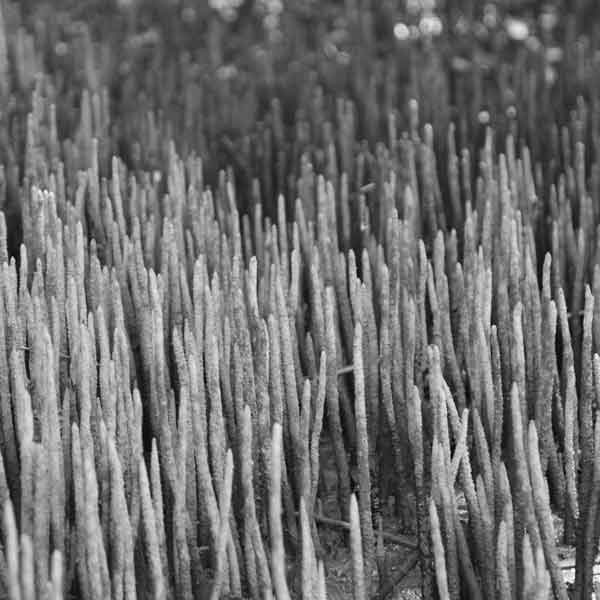
The Cooks River with Clare and Sally
I don’t often get boating invitations. This week, when Clare Britton asked my to climb aboard the newly renovated ‘Sally’ at the Tempe Pier, I didn’t hesitate. As part of her research project A Week on the Cooks River, Clare is spending time observing, describing, rowing the Cooks. AC: So can you tell me what […]
